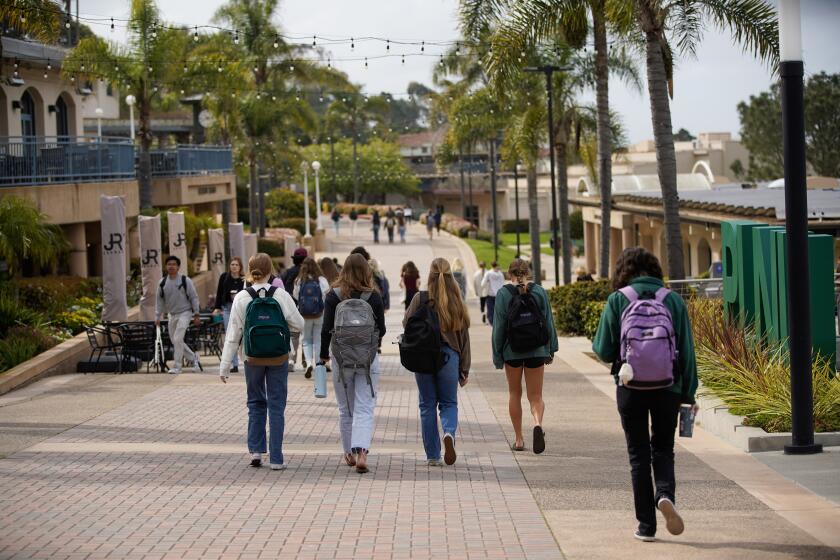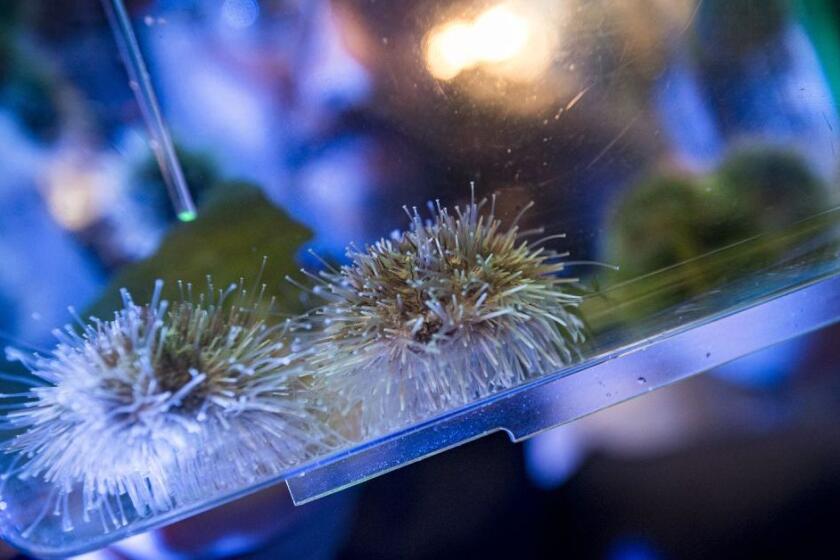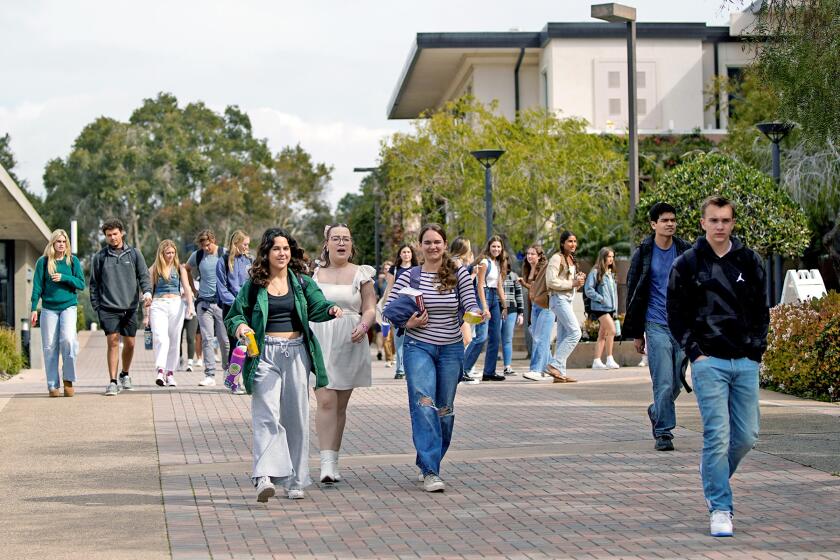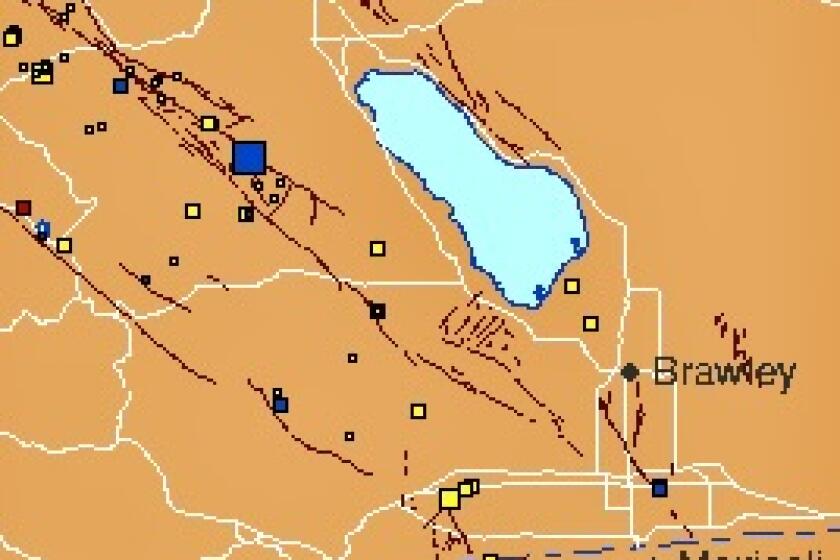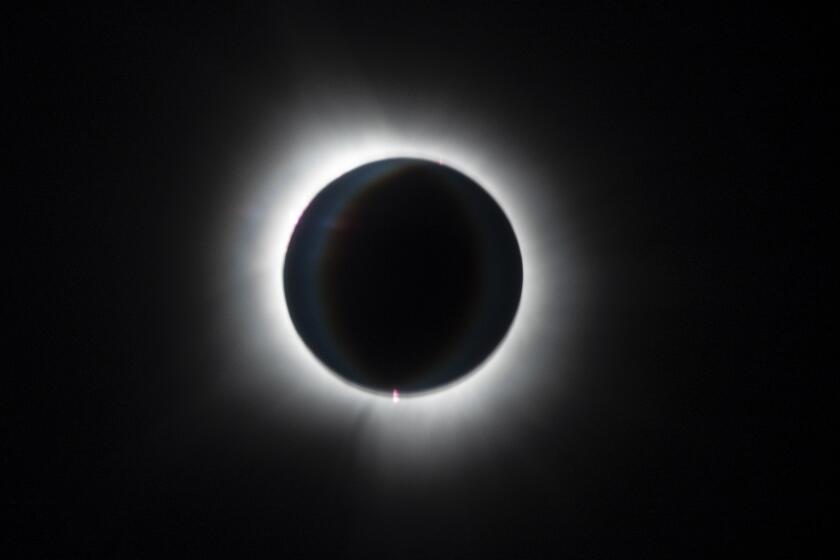After saving countless lives, Nobel laureate Hamilton Smith retires as his own health falters
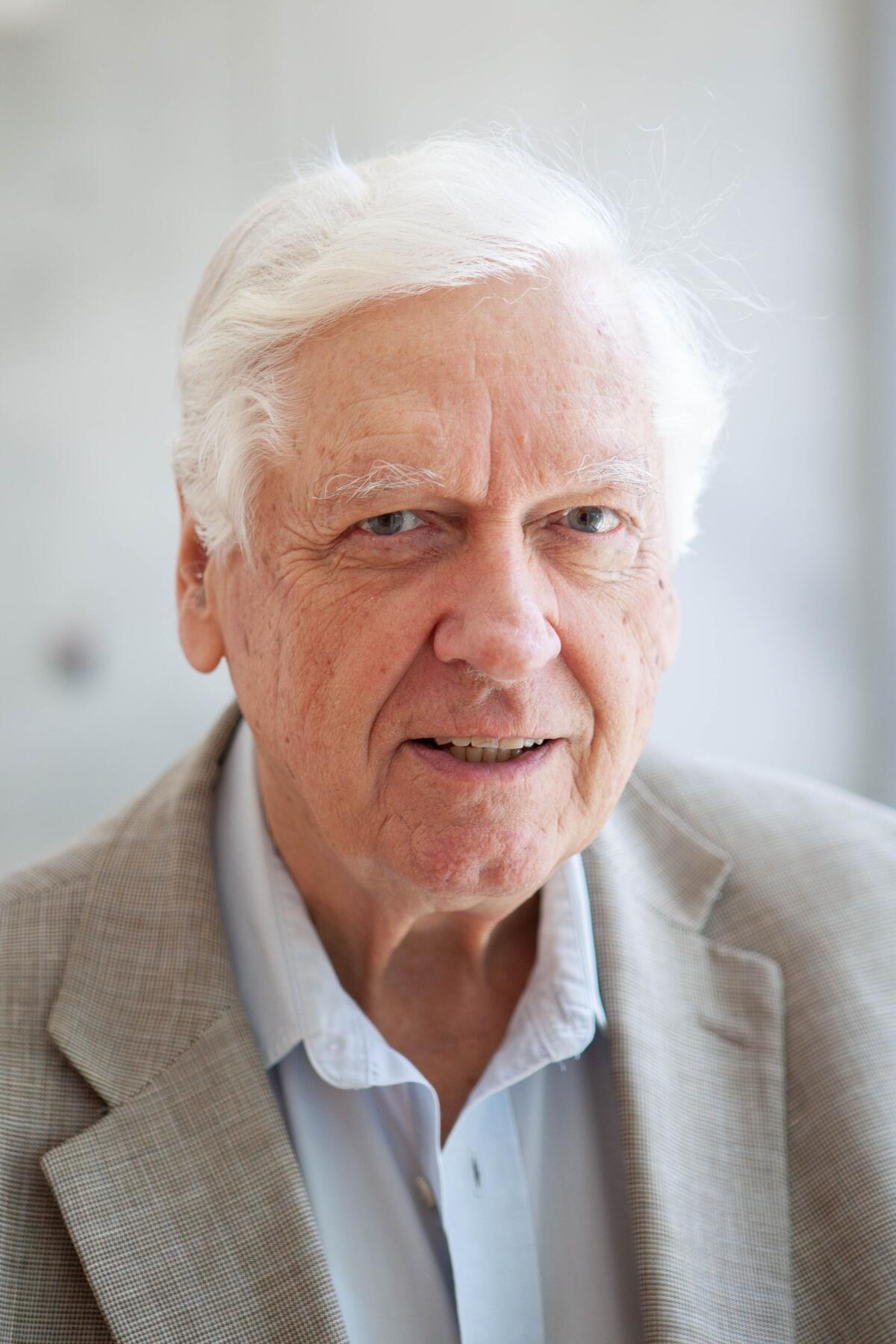
He has been a fixture in San Diego science for decades
Nobel laureate Hamilton Smith, the humble biochemist who helped revolutionize scientists’ ability to design drugs, grow vaccines, screen for disease and enrich crops, has retired as a senior researcher at the J. Craig Venter Institute in La Jolla.
The 89-year-old Smith told the Union-Tribune that he is in declining health and is moving back to Maryland. It was there that his career took off in the 1960s when he discovered “molecular scissors” that can be used to study and alter DNA, the code of life.
Smith has struggled to recover from lymphoma, which was discovered in his chest in 2016 when he underwent a physical exam that involved advanced genetics and imaging. The exam was done at a company created by Craig Venter, who learned that he had prostate cancer when he took the same type of physical.
Venter, who helped lead the Human Genome Project, rebounded. But Smith’s health is getting worse, ending one of the most productive partnerships in science over roughly the last 25 years.
“I’m slipping away pretty fast now,” said Smith, who is known for his calmness and candor. “It doesn’t bother me. I don’t really fear it.”
The news weighs on Venter, 74, who said: “Ham has been a key component in every major breakthrough we’ve had at this institute. He is a scientist’s scientist, someone who cares about working in the lab, doing great and meaningful experiments.”
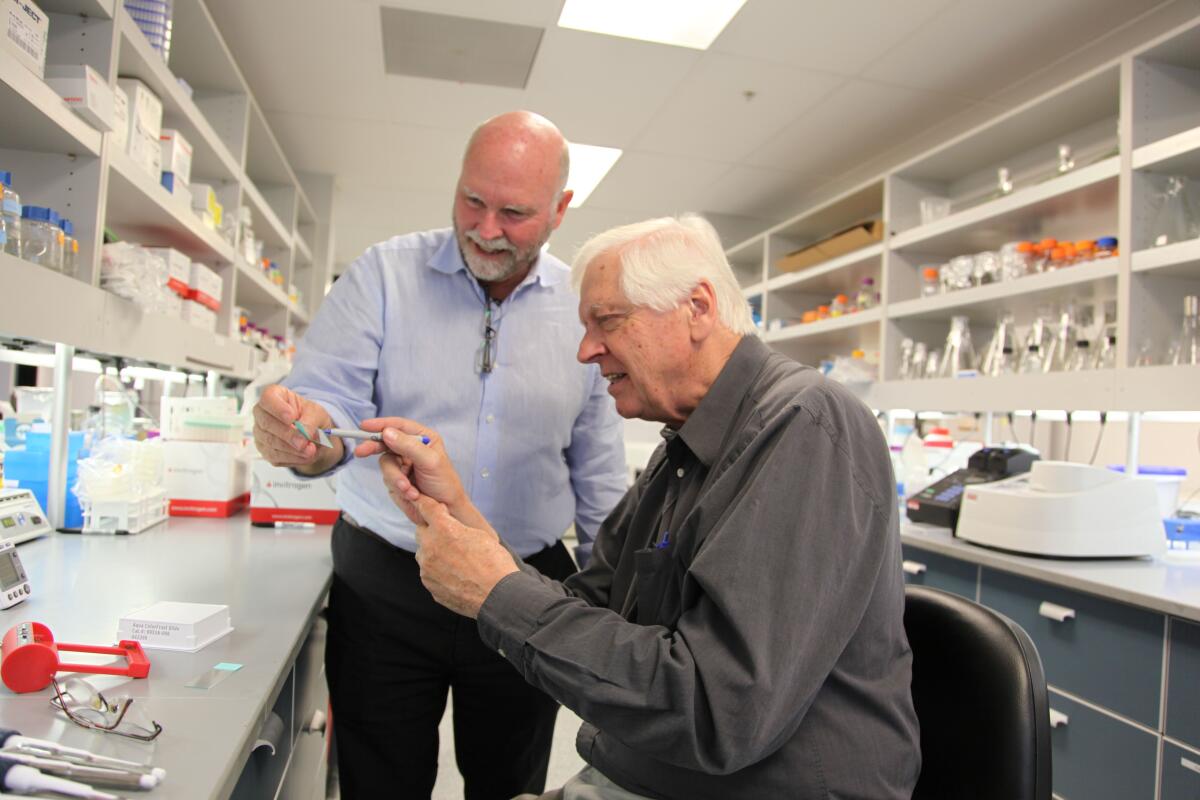
Smith grew up in Illinois in the 1930s and 40s, when molecular biology was emerging as a branch of science, much of it focused on the nature of genes. Early on, he didn’t find it that compelling and studied at UC Berkeley, where he earned a bachelor’s degree in mathematics in 1952.
It didn’t turn out to be his life’s calling.
“I realized I was never going to make it big in mathematics,” said Smith, whose parents were educators. “I could have gotten a faculty position and done a couple of things, but nothing outstanding.”
But an epiphany was coming, and it involved discovery of the structure of DNA in 1953.
At the time, Smith was in medical school at Johns Hopkins University in Baltimore and it appeared that he would have a career as a physician. He did serve as a Navy doctor in San Diego from 1957-59.
But he switched to biomedical research, partly because his service in San Diego exposed him to patients with genetic disorders. It was also becoming clearer that Watson and Crick’s discovery of the structure of DNA could open up new fields of health and medicine.
“I picked up a biology textbook that talked about the promise of DNA and drugs,” Smith recalled. “Because of my mathematical background I knew the DNA sequence contained the information specified in living organisms.
“We just had to figure out what it meant and how to use it. That’s when I converted to doing (research).”
Smith went on to join the faculty at Johns Hopkins, where he played a key role in discovering a new class of restriction enzymes, which are variously called molecular scissors and chemical knives. They can be used cut genes into pieces, which enables scientists to do such things as determine the order of genes on chromosomes and to alter genes.
The enzymes have helped reveal the nature of disease and hastened the rise of recombinant DNA technology, which has been used to create human insulin, a vaccine for hepatitis B, and diagnostic tests for HIV. It’s also influencing the development of some tests and vaccines for COVID-19.
The collective work of Smith and fellow scientists Werner Arber and Daniel Nathans led to them being jointly awarded the 1978 Nobel Prize in physiology or medicine — an honor Smith found hard to deal with.
“I’m never comfortable when people pay too much attention to me,” Smith said. “I was actually frightened when they called and told me I had won (the Nobel). My mouth went dry. I couldn’t talk. I asked them to call me back.”
Smith adapted to the overwhelming experience of being named a laureate. But he later found himself in search of new challenges and ended up partnering with Venter in the early 1990s, when both were deeply involved in sequencing genomes.
It was not an obvious pairing.
Smith is an easy-going bench scientist who likes to work with a small group. Venter is a hard-charging entrepreneur and inventor who has taken on many big things, including the Human Genome Project.
It was a public-private venture. Venter led the private portion and did so in a noisy way, publicly claiming that his approach to sequencing genes was better than the one used by the federal government. It made Venter a very controversial figure.
“Several of my friends and the dean of the medical school warned me not to get involved with this guy,” Smith says. “They thought he was just a showman. He was going against the grain in the genome project.
“I didn’t care what other people thought.”
Their partnership proved to be very productive.
In 1994-95, Smith and Venter sequenced and published the genome of H. Influenzae, a type of bacteria that can cause bloodstream infections, meningitis and pnuemonia.
It was a landmark moment; until then, scientists had never fully sequenced the genome of a free-living organism.
Venter and Smith also collaborated on the Human Genome Project, and sequenced Drosophila, a genus of flies widely used in biomedical research.
In more recent years, they have worked together to create synthetic cells, an area of biology that has the potential to help produce drugs and various types of fuels. (Story, interview)
Venter marveled at Smith’s skills as an experimentalist this week, saying: “He’s very good with his hands. It goes with his gentle nature. He can do things with DNA that other people can’t do just because he’s so careful.”
He also spoke about Smith’s intellect. “People with the ability to do experiments and think ahead can realize what an experiment means sometimes decades before it is clear to the rest of the world. That’s how he made his early discoveries with restriction enzymes.”
There was also praise for Smith’s generosity.
JCVI biologist Daniel Gibson remembers the moment in 2008 when he was about to publish his first paper with Venter and Smith and it came time to decide which authors would be listed first.
“Ham put the names in alphabetical order,” Gibson recalled. “Then he put them where he thought they should be and listed me as first author. He didn’t have to do that. He could have listed himself. Ham is always so fair.
“It is difficult for me to hear of his retirement. I always thought that there would be one final project we could work on.”
Get Essential San Diego, weekday mornings
Get top headlines from the Union-Tribune in your inbox weekday mornings, including top news, local, sports, business, entertainment and opinion.
You may occasionally receive promotional content from the San Diego Union-Tribune.


